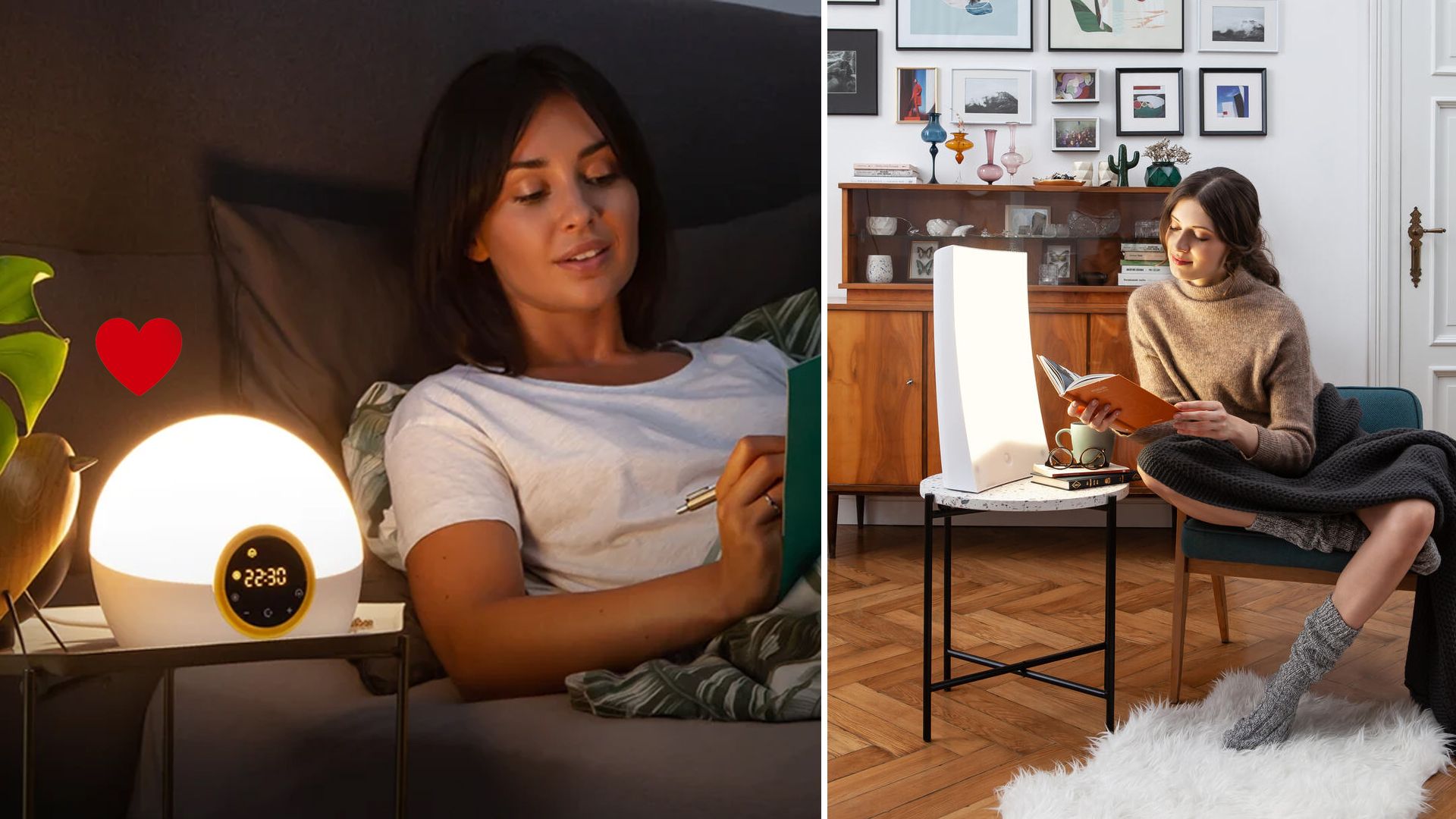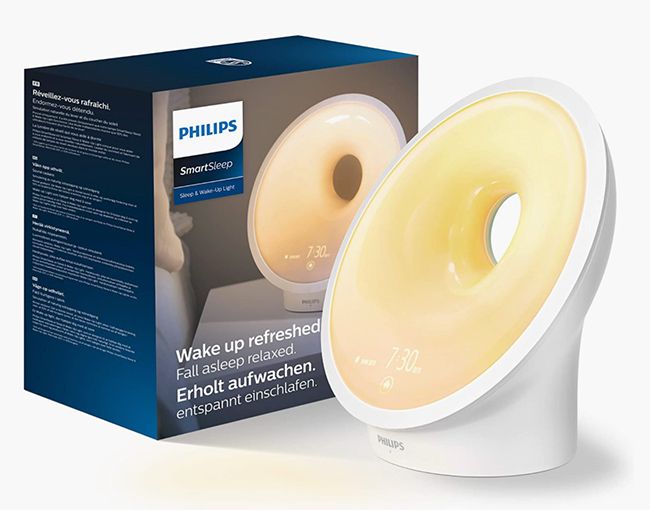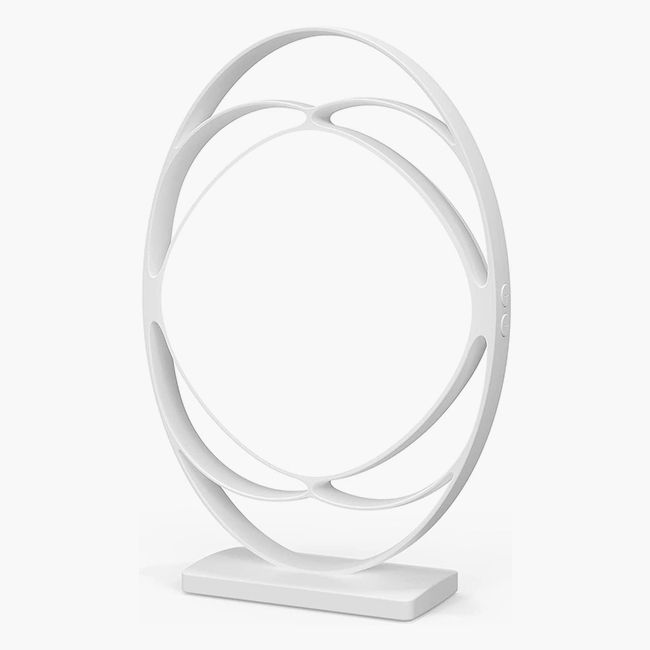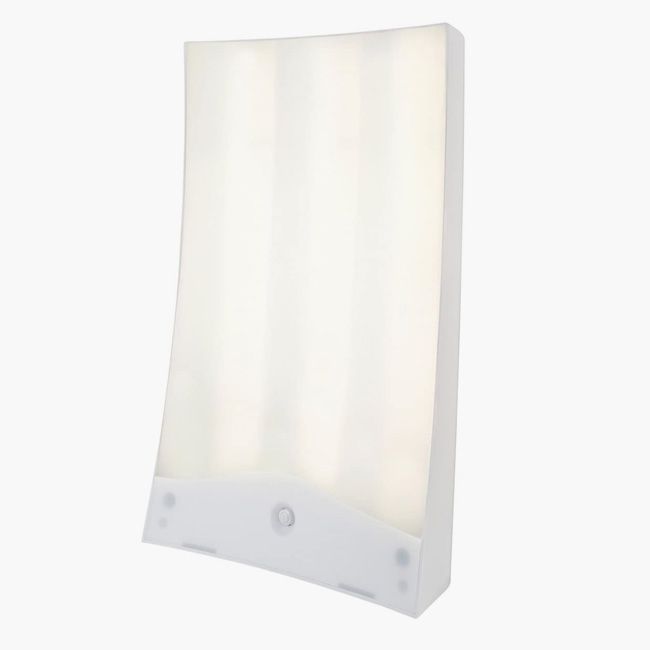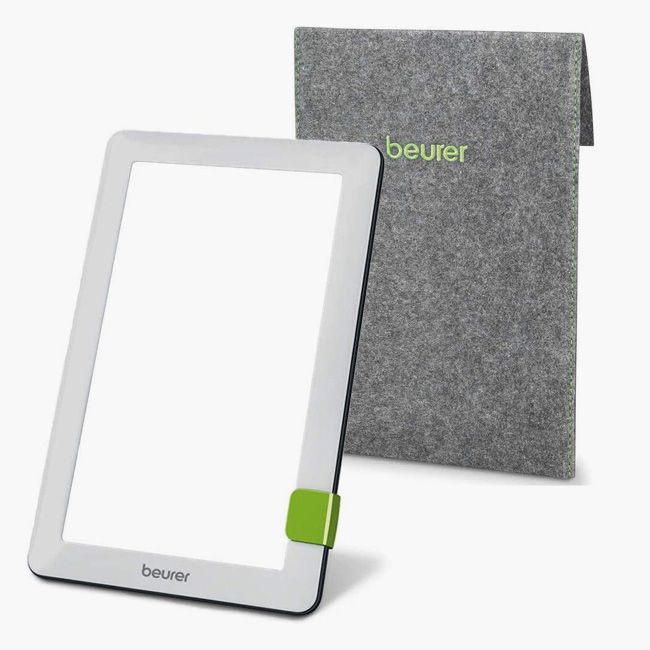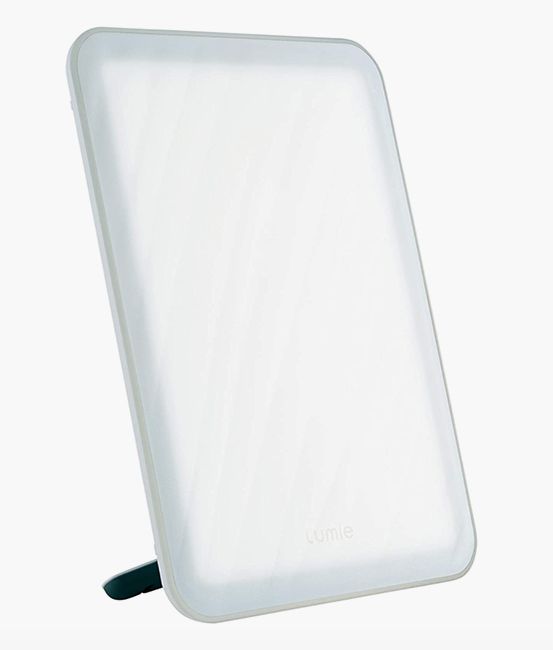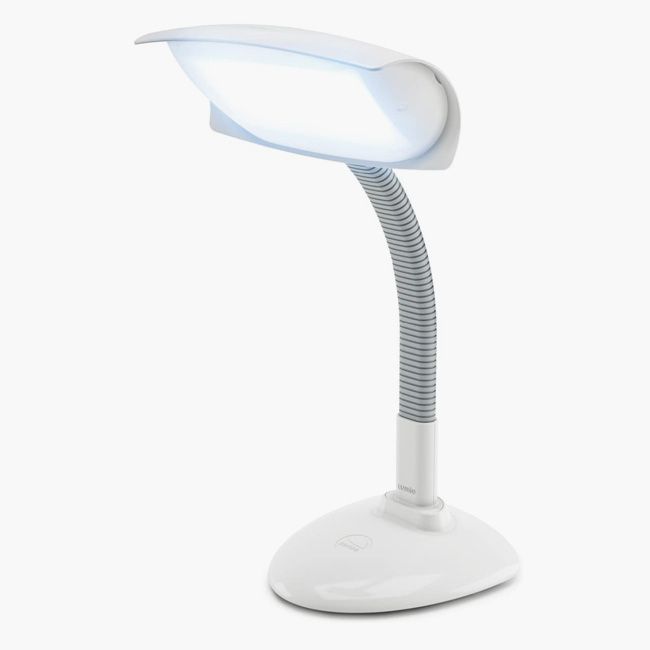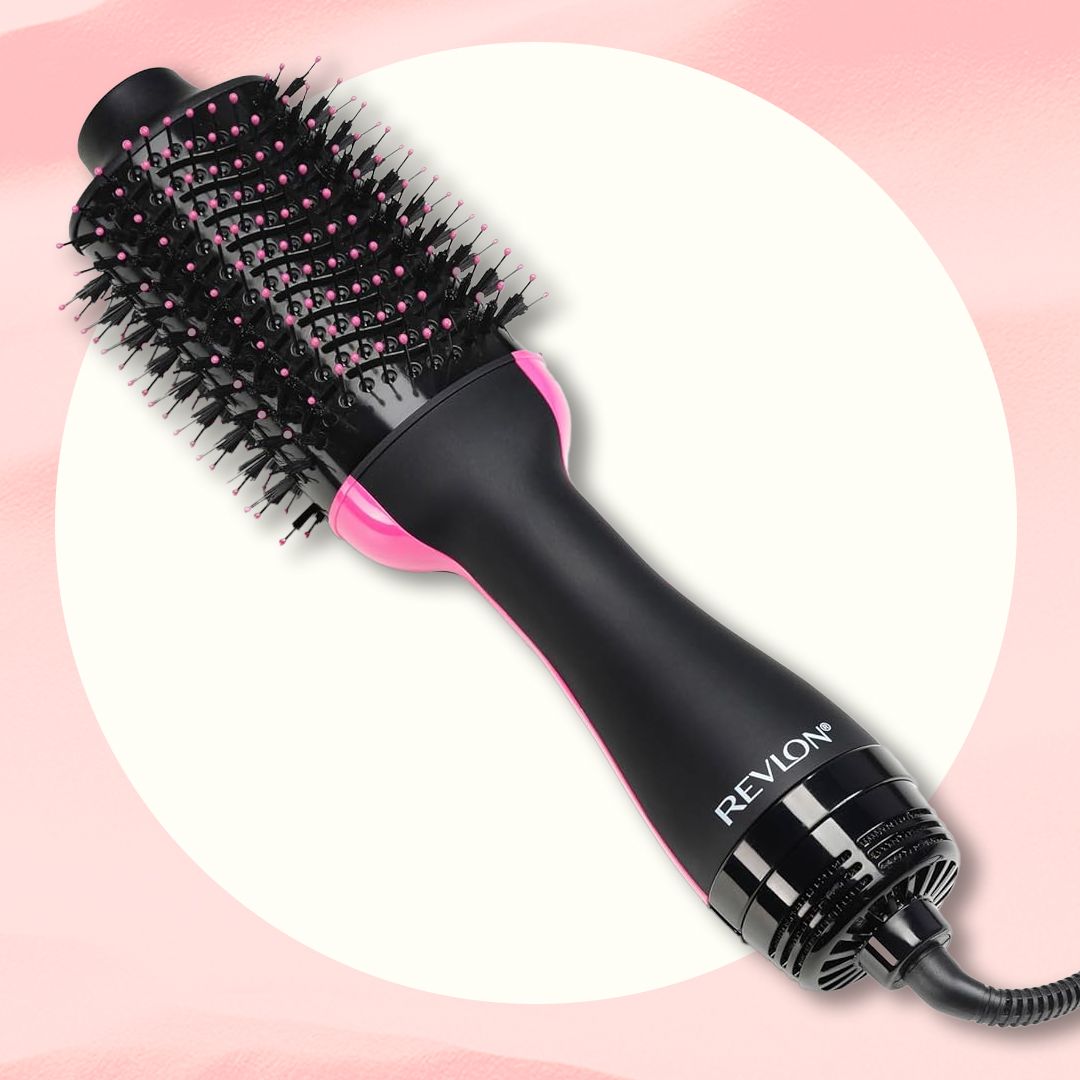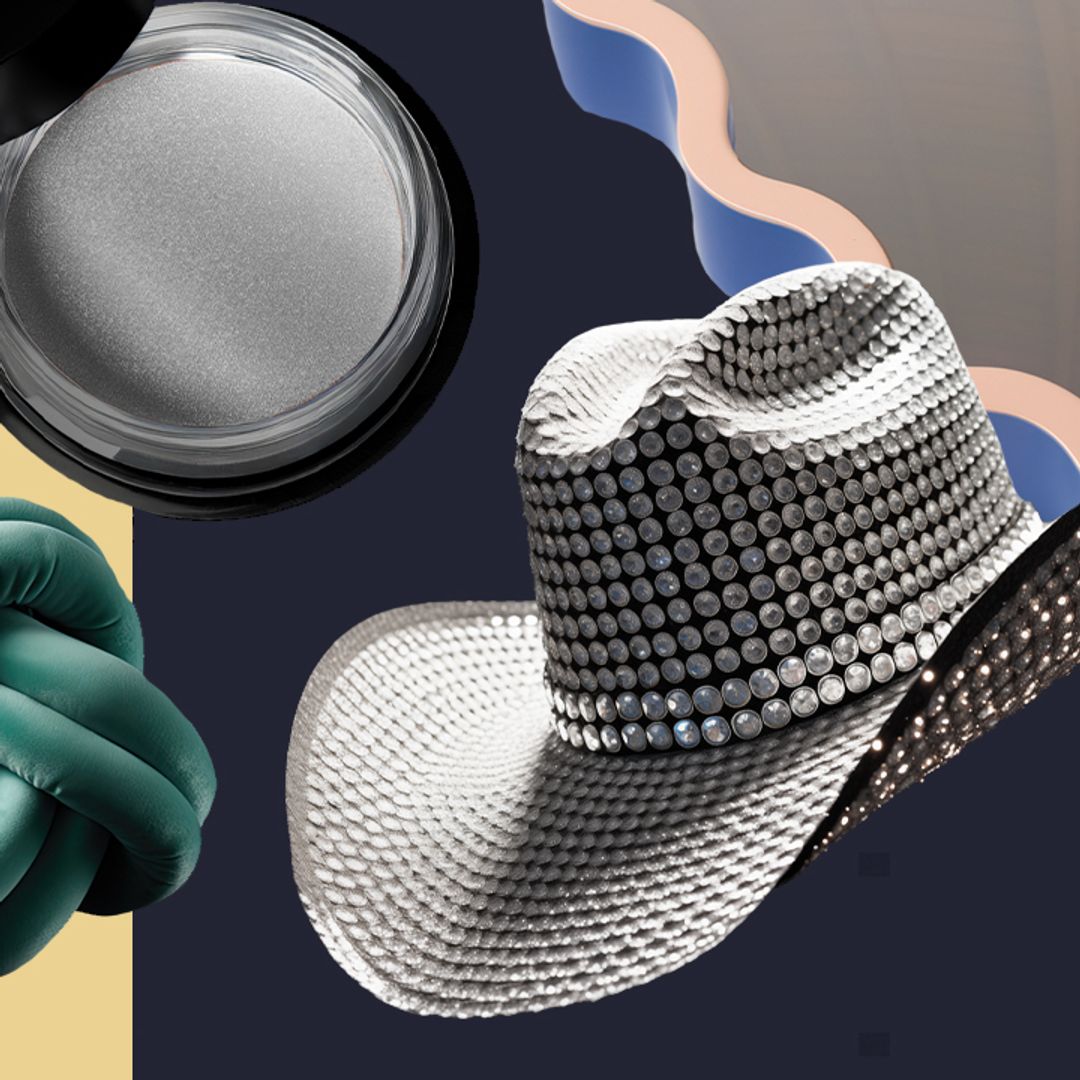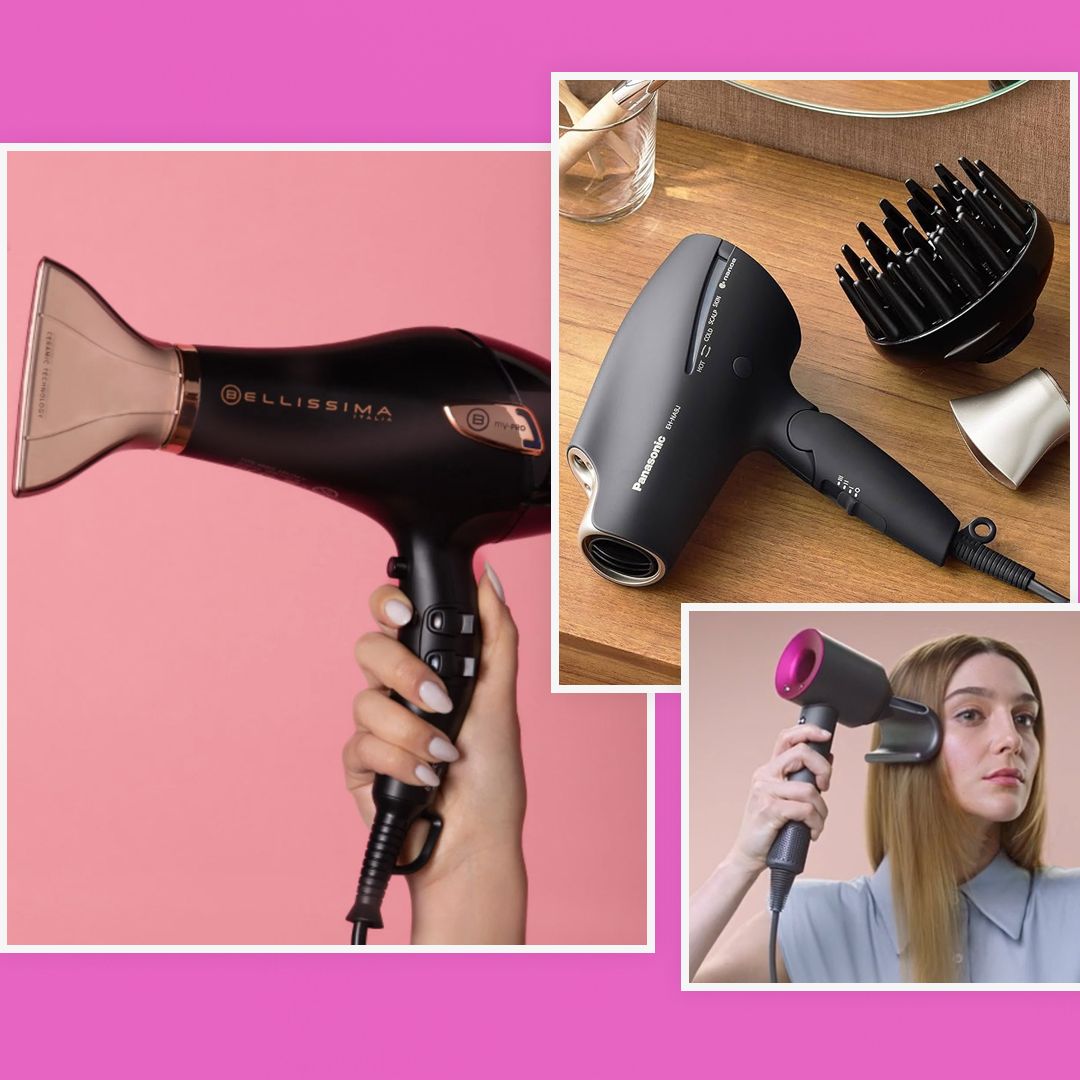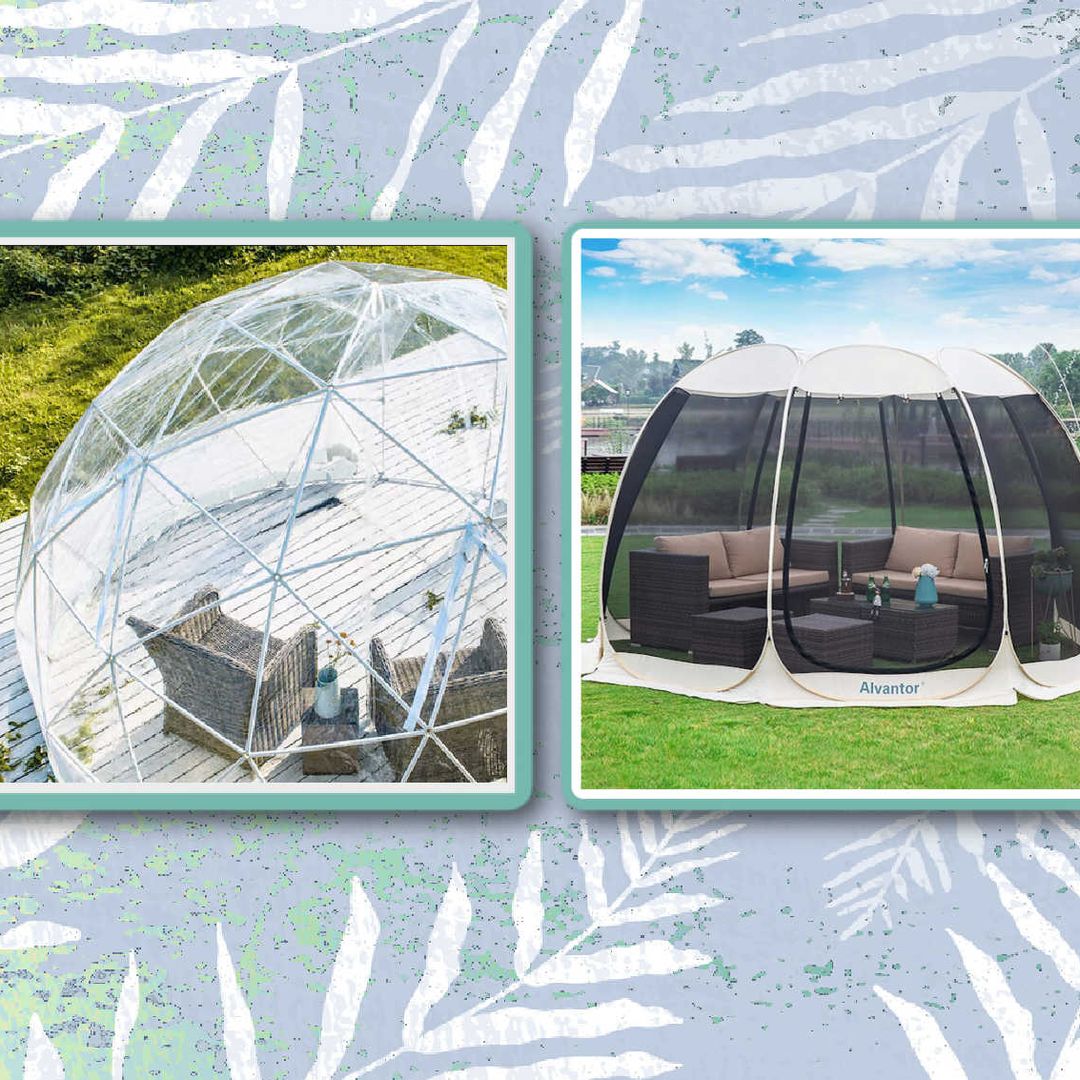Seasonal Affective Disorder – SAD – is a type of depression that comes and goes with the seasons and many sufferers find their symptoms are worse during the winter. With the seasons changing, some of us may be feeling more down than usual at the moment.
The last few winters have been harder than previous years because of the stress and uncertainty brought by the pandemic and the cost-of-living crisis. SAD on top of this, is a bad mix. If you’re feeling down and are worried SAD may be playing a part, you should see your GP, who can carry out an assessment and recommend a course of treatment. Many sufferers turn to SAD lamps for light therapy to help alleviate their symptoms.
So what exactly is SAD, and how do you know if you've got it? We spoke to Stephen Buckley, Head of Information at mental health charity Mind, for more information.
“Seasonal Affective Disorder (SAD) is a type of depression experienced in certain seasons," says Stephen. "Depression is a low mood that lasts for a long time or keeps returning and can have a significant impact on your daily life. There is a difference between feeling down because of the weather and experiencing Seasonal Affective Disorder (SAD). Many people are affected by changes in seasons. For example, we might feel more cheerful and energetic when the sun is shining and the days are longer. And we might eat more and sleep longer in winter.
“If you have SAD, the change in seasons has a much greater effect on mood and energy levels, leading to symptoms of depression that have a significant impact on day-to-day life. The causes of SAD aren’t always clear, but we know that a lack of daylight can have a big impact on mood, especially during the autumn and winter.”
Is light therapy effective? What should we look out for or consider when buying a SAD lamp? Stephen says: “Some people with winter SAD find it helpful to use a light therapy – a device that gives off strong white or blue light; or a lamp or alarm clock that simulates dawn. This is also known as a light box.
“The NHS doesn't usually provide light therapy because there isn't yet much evidence to show it works, although some people find it helpful. So more research needs to be done to establish why it works for some people and not others.
“You can buy light therapy equipment yourself but unfortunately it tends to be expensive. The NHS website has more information about how light therapy works, who can use light therapy safely, and tips on how to choose a light box.”
How do SAD lamps work?
SAD lamps send out bright light which hits the retina and sends nerve signals to the brain, positively affecting the chemical and hormone levels and improving the mood of the sufferer. This is known as SAD light therapy.
WATCH: A sneak peek at our favourite tablet-style SAD lamp
Do SAD lamps give you vitamin D or a tan?
No. Certified SAD lamps filter out most or all ultraviolet light. Using SAD lamps for light therapy will not give you a tan or increase vitamin D levels.
What is the best SAD lamp to buy?
A SAD lamp needs to have a brightness of at least 2,500 lux to qualify and be medically certified for treating the disorder.
There are models with higher brightness, however, going up to as much as 10,000 lux. The brighter the light, the shorter the session of SAD light therapy needed. Between 30 minutes to an hour a day is recommended.
Can I use a SAD lamp at night? What about with my eyes closed?
Most SAD light therapy is prescribed to be done in the early morning upon waking. Sufferers put the SAD light box on a desk or table and sit in front of it at a specified distance while they read or eat breakfast. Studies vary as to whether light therapy at other times of the day is less effective.
For light therapy to be effective, light from the SAD lamp must enter the eyes indirectly. The eyes should be open but the user shouldn’t stare directly at the light box, as the bright light can damage the eyes
Where can I buy a SAD lamp?
There are a variety of medically certified SAD lamps available online on Amazon – see our top picks below. Even if you don’t have SAD, a light therapy box can help lift your mood and regulate your circadian rhythm – the natural internal process that regulates the sleep-wake cycle – which can get thrown off in the winter.
Anyone with a history of clinical depression or bipolar disorder should check with a medical professional first before trying, however, psychologists say that SAD lamps can affect medication or produce an exaggerated response in anyone with these conditions.
Best light-therapy alarm clock: Lumie Sunrise Alarm
Star rating: 4.3 out of 5
This works slightly differently from regular SAD lamps. It’s designed to wake you up with light, as nature intended. It wakes you up with an artificial sunrise which begins 30 mins before your alarm time and natural sounds can be added in too.
It also has a sunset setting that can be used to wind down at bedtime. It’s been claimed that waking up with light can reset your internal clock and metabolism, allowing you to greet the day alert and refreshed. Lumie describe their clocks as an addition to light therapy, not an alternative.
This model has lots of settings including the sunset feature which I absolutely love, it really helps you to unwind and I generally fall asleep before the light goes out. The sunrise function works very well as it brings me out of sleep gently with the increase in light and by the time the birds start tweeting (alarm setting) I’m ready to open my eyes and start the day!
Best SAD lamp with extra features: Philips Sleep and Wake Up Light
Star rating: 4.4 out of 5
Designed to help you relax and wake up refreshed, this SAD lamp from Philips also includes light-guided breathing to ease anxiety and depression. There are multiple light settings so you can choose the intensity level that's right for you, and there's even a red light option to use if you need to get up in the night so you can drift off again quickly.
The sunrise function is great, you wake up feeling much happier as it’s much less jarring than having a radio suddenly blaring and as a bonus, the sunset function is really great.
Best decorative SAD lamp: Albina SAD Light Therapy Lamp
Star rating: 4.4 out of 5
We had to look twice at this SAD lamp - it's so different from the usual square design - so pretty! It has a timer function and it offers three light colours – white, natural and warm and is adjustable, so you can set it at one of the brightness levels which is best for you.
"Although this SAD lamp isn't by a brand we're overly familiar with, it has a respectable 4.4 star rating on Amazon and has over 700 positive reviews as well as being 10,000 lux. "
Best large SAD lamp: Lumie Brazil 10,000lux Lamp
Star rating: 4.7 out of 5
If you have more room you might want to invest in the Brazil – it’s the largest SAD lamp that Lumie makes, at 50cm tall. Although it’s really designed to be portable, it does have a handle so it can be moved around easily.
If you have extra to spend, this is brilliant. If you can afford the extra that this lamp costs, you won't regret it.
Best tablet-style SAD lamp: Beurer TL30UK 10,000 lux SAD lamp
Star rating: 4.5 out of 5
German brand Beurer’s sleek tablet-style, mains-only SAD lamp has to be one of the easiest to use – with a single on-off button and a detachable stand that lets you put it in horizontal or vertical mode. It comes with a storage case that makes it a particularly good travel option.
It's an excellent light source, it’s so bright it’s useful for reading too - so you can get a dose of light therapy while relaxing with a good book.
Best slimline SAD lamp: Lumie Vitamin L Slim Light Box
Star rating: 4.7 out of 5
The Lumie Vitamin L is a medically certified class 2a portable lamp. You can put it in portrait or landscape position - and it has a generous 20 x 28 cm surface area with cool white LEDs and a rippled diffuser for a soft, comfortable light.
I got this SAD light (although I don't suffer from seasonal depression, I'm just lethargic in the morning) and decided to use as a morning light source in my home office to kick start the day. The light that this flat-panel LED lamp produces is warm - similar to the sensation of a sunny morning, and it's not harsh on the eyes as it's well-diffused. The feeling is actually warm, it feels like winter sun on the skin and is very pleasant. I use it every morning and I wouldn't be without it now.
Best desk light SAD lamp: Lumie DESKLAMP
Star rating: 4.7 out of 5
This SAD lamp is unique in that the bendable neck makes it fully poseable so the light can be focussed on the exact point you need it – it doubles up as a reading light when you’re not using it as a SAD lamp. There are four different brightness levels and there’s also a light diffuser which makes it easier on the eye.
How we chose the best SAD Lamps
- Trusted brands: Where possible, we included the SAD lamps that the HELLO! Team have personally tried and tested - and we only included the lamps we love.
- Customer Reviews: Where we couldn’t personally test the products ourselves, we focused on ratings from Amazon-verified shoppers - only including SAD lamps that had been consistently rated highly for, sturdiness, brightness, ease to use and value for money
- Medically recognised devices: Unless specified, all the lamps in our roundup produced at least over 2500 lux at 50cm and were medically recognised devices
- Price: We tried to cater for all budgets in this roundup, without sacrificing on quality.
